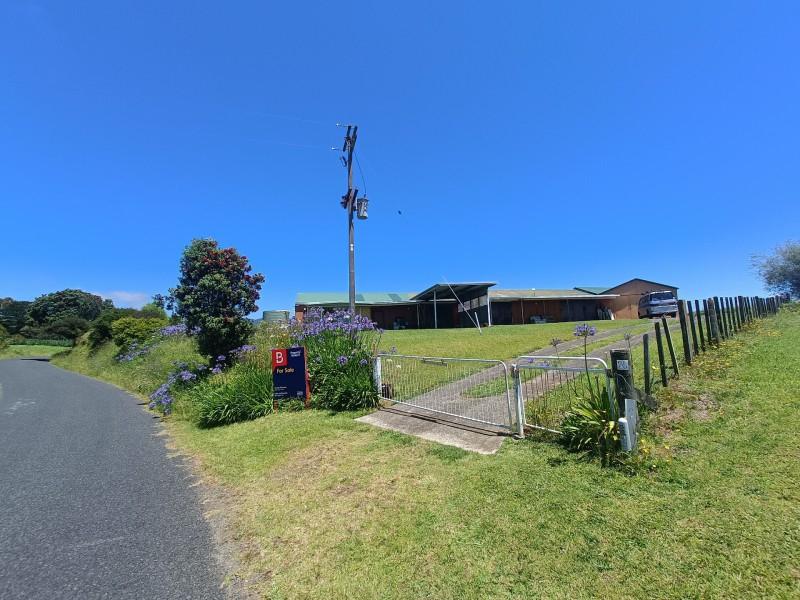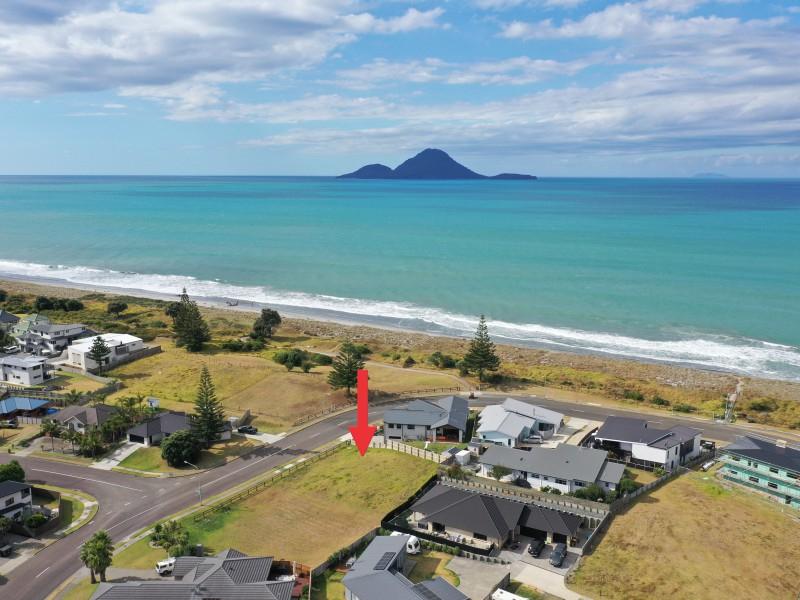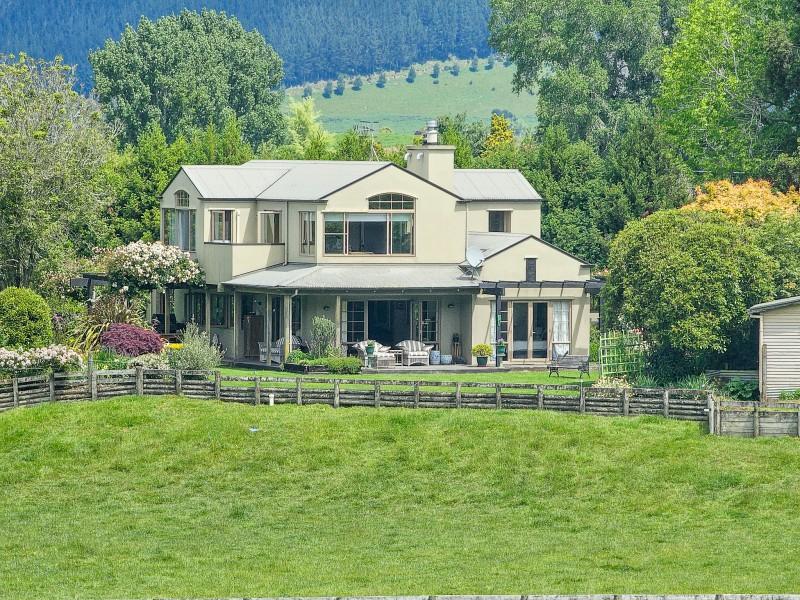The Green Side of Wool
We have a soft spot for sheep. For many, sheep are symbolic to New Zealand culture with the rearing of sheep being the backbone of the economy for many years.
Sheep farming was established in New Zealand by the 1850s and for several decades wool accounted for more than one third of New Zealand’s exports by value, with the sheep population peaking at just over 70 million in 1982.
This number is significant when compared to New Zealand’s human population of 5 million. By 2020 sheep numbers dropped to 26 million following a decline in profitability compared to other types of farming, particularly dairy.
While also farmed as a food source, today’s article focuses on sheep wool and its environmental attributes.
Wool is a natural and renewable resource and as long as our beloved sheep are eating our tasty green pastures they will always produce wool. Wool has amazing properties that make it ideal for many applications from home furnishings to underwear.
Cotton and synthetic fibres are currently the most commonly produced fibres globally, however, their performance and environmental benefits do not compare to wool.
From Wool to Yarn
The wool clip (the total yield of wool shorn during one season from the sheep) is sent to the scourers where it is cleaned and dried before being spun into yarn. The yarn is then sent to the textile manufacturer where many different processes are involved.
The yarn is wound onto dye cones to be dyed the required colours. Next the yarn is warped onto beams which are threaded through the loom, allowing the weft yarn to run across the warp and create a woven fabric.
The fabric is then inspected, washed, and dried. Very few chemicals are used in the processing, typically only water and heat.
Keep reading: www.curtainclean.co.nz...
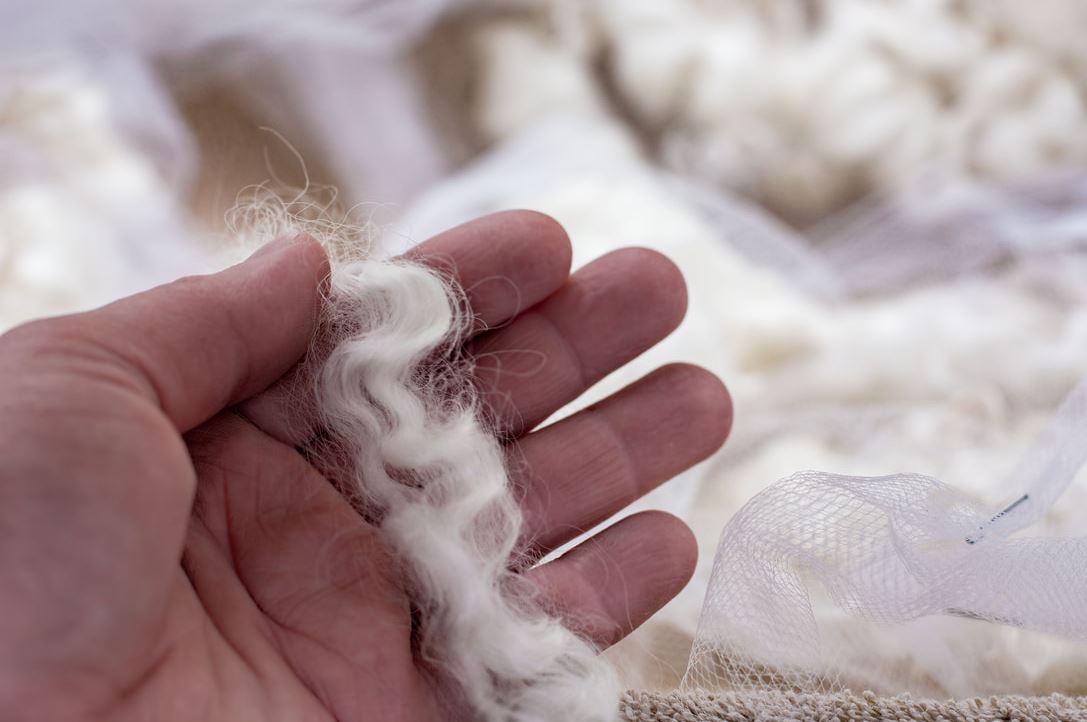
Tauranga SeniorNet Club Inc
Welcome to 2025. Come and join us if you want to have fun and learn more about how to use digital technology, whether it is a phone, computer, ipad, or tablet
The club is a not for profit registered Charity ,all coaches are volunteers who aim through classes and workshops to help Seniors understand and learn how to use their various electronic devices and caters for both beginners plus more advanced users
Annual membership is $35 per person, there is an additional small fee for classes and workshops
Membership includes additional on_line learning and groups through the SeniorNet Federation at no extra charge
Application for Annual Membership and enrollment for available courses can be made and paid for on the clubs open day, Eftpos and online banking are available
If you or a friend would like to learn more about the club how to use your device or are interested in offering your services as a volunteer coach come and meet some of our friendly members at the clubs open day which is being held from 10.00 am until 2.00 pm on Tuesday tje 14th January at its club rooms, Building 70 Tauranga Historic Village on 17th Avenue, Tauranga
Check out the clubs web page for directions to the clubs venue
further information and current planned 1st term courses
Tauranga SeniorNet web page www.taurangaseniornet.co.nz...
We're talking new year resolutions...
Tidying the house before going to bed each night, meditating upon waking or taking the stairs at work.
What’s something quick, or easy, that you started doing that made a major positive change in your life?

Share your summer photos! 📷
Taken some beautiful snaps lately? Whether it's rainbows, sunsets or a beautiful summer's day, we'd love you to share the joy with us.
Share a photo in the comments below

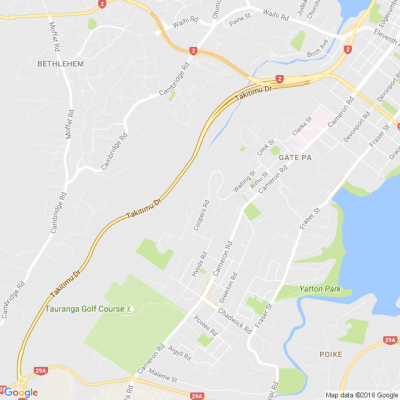
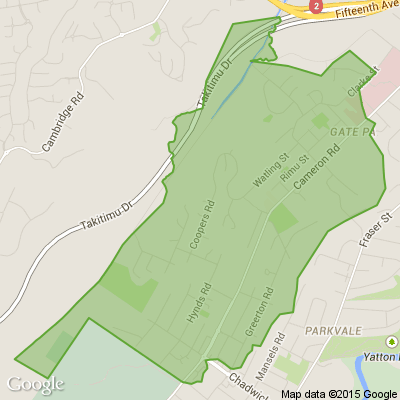




 Loading…
Loading…











